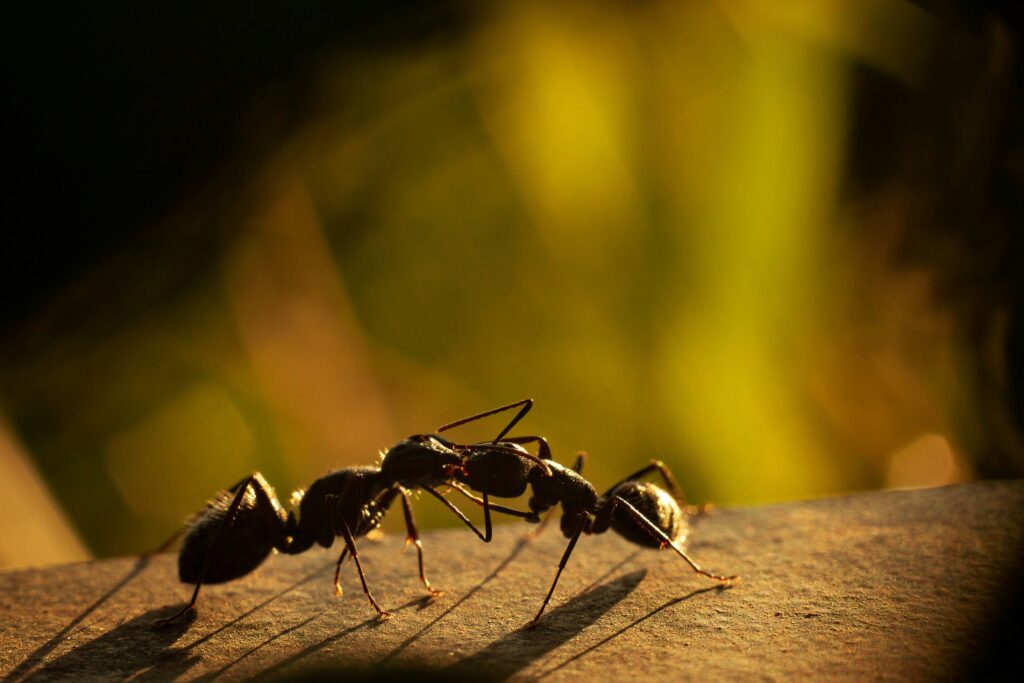Within the miniature world beneath our feet exists one of nature’s most sophisticated communication networks. Ants, despite their tiny brains, have evolved remarkably complex systems for sharing information across their colonies. Unlike humans who primarily rely on verbal and visual cues, ants have developed intricate chemical and tactile “languages” that allow them to coordinate activities with astonishing precision. These six-legged social insects can transmit information about food sources, danger, colony boundaries, and even social status—all without uttering a single sound. Their communication methods represent one of evolution’s most fascinating achievements in solving the fundamental challenge faced by all social species: how to effectively share information with others.
The Chemical Powerhouse: Pheromones as the Ant’s Primary Language

Pheromones serve as the cornerstone of ant communication, functioning as chemical messengers that trigger specific responses in other colony members. These sophisticated chemical compounds are produced by specialized glands located throughout the ant’s body and can convey remarkably detailed information. A single ant can produce dozens of different pheromones, each with a specific meaning that other ants can interpret through their highly sensitive antennae. These chemical signals can persist in the environment for varying durations—from just minutes for urgent alarm messages to days for territorial markers—creating an invisible landscape of information that guides ant behavior. Perhaps most impressively, ants can detect pheromone concentrations in parts per trillion, making their chemical sensitivity among the most acute in the animal kingdom.
Trail Pheromones: Nature’s GPS System
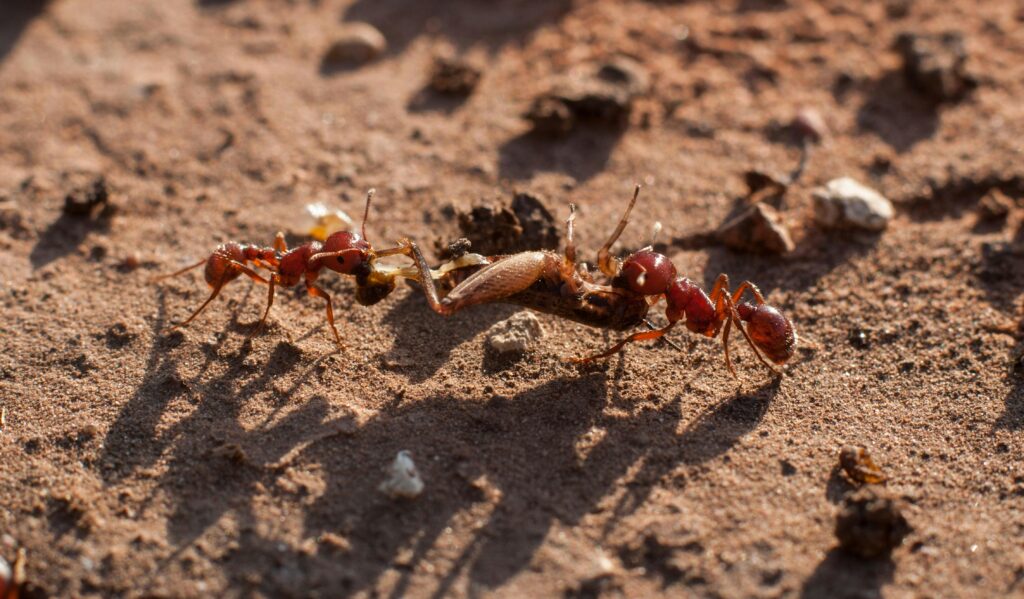
When an ant forager discovers a food source, it doesn’t simply return home with its treasure; it creates a chemical breadcrumb trail that guides nestmates directly to the bounty. This remarkable process begins as the successful forager drags its abdomen along the ground while returning to the nest, depositing a trail of pheromones from a specialized gland. The concentration of this chemical trail indicates both the quality of the food source and its distance, allowing colony members to make informed decisions about which trails to follow. As more ants travel along promising routes, they reinforce the pheromone concentration, creating a positive feedback loop that rapidly mobilizes the colony’s workforce toward valuable resources. When the food source is exhausted, ants stop reinforcing the trail, allowing the volatile chemicals to evaporate and the pathway to disappear—an elegant self-regulating system.
Alarm Pheromones: The Chemical Warning System

When facing danger, ants release distinctive alarm pheromones that trigger immediate defensive responses throughout the colony. These specialized chemical alerts can differentiate between various threat levels and even specify the nature of the danger, eliciting precisely calibrated reactions from nestmates. Minor disturbances might trigger increased alertness, while major threats prompt aggressive defensive mobilization or rapid evacuation. In some species like fire ants, alarm pheromones coordinate synchronized attacks where dozens of individuals deliver venomous stings simultaneously in response to a single chemical signal. What makes this system particularly effective is its propagation mechanism—ants receiving an alarm signal often begin producing the same pheromone themselves, creating a cascading chemical alert that rapidly spreads throughout the colony without requiring each individual to directly encounter the original threat.
The Queen’s Chemical Control

At the heart of every ant colony is the queen, who exerts remarkable influence through specialized pheromones known as queen mandibular pheromones (QMPs). These royal chemical emissions serve multiple crucial functions in maintaining colony cohesion and reproductive regulation. First, they suppress ovary development in worker ants, preventing them from laying eggs and ensuring the queen’s reproductive monopoly. Additionally, queen pheromones signal the monarch’s health and presence, reassuring the colony that their genetic line continues. Should a queen die or her pheromone production diminish, workers detect this chemical absence, which may trigger rearing of new queens or significant behavioral changes throughout the colony. Some ant species even adjust the composition of queen pheromones based on colony needs, effectively communicating reproductive priorities through chemical signals.
Nestmate Recognition: Chemical Identity Cards

Ants have evolved sophisticated methods for distinguishing friends from foes using complex chemical signatures that function like colony-specific identification cards. Each ant colony develops a unique blend of cuticular hydrocarbons—waxy compounds covering their exoskeletons—that creates a collective chemical identity shared by all members. When ants meet, they perform antennal inspections to sample these surface chemicals, immediately determining whether the encountered individual belongs to their colony or represents a potential threat. This recognition system is remarkably nuanced, allowing ants to detect subtle variations in hydrocarbon profiles that might indicate genetic relatedness, task specialization, or even health status within their own colony. The chemical identification system is constantly updated through grooming and food sharing, ensuring all colony members maintain the current “password” even as it gradually evolves over time.
Tactile Communication: Conversations Through Touch
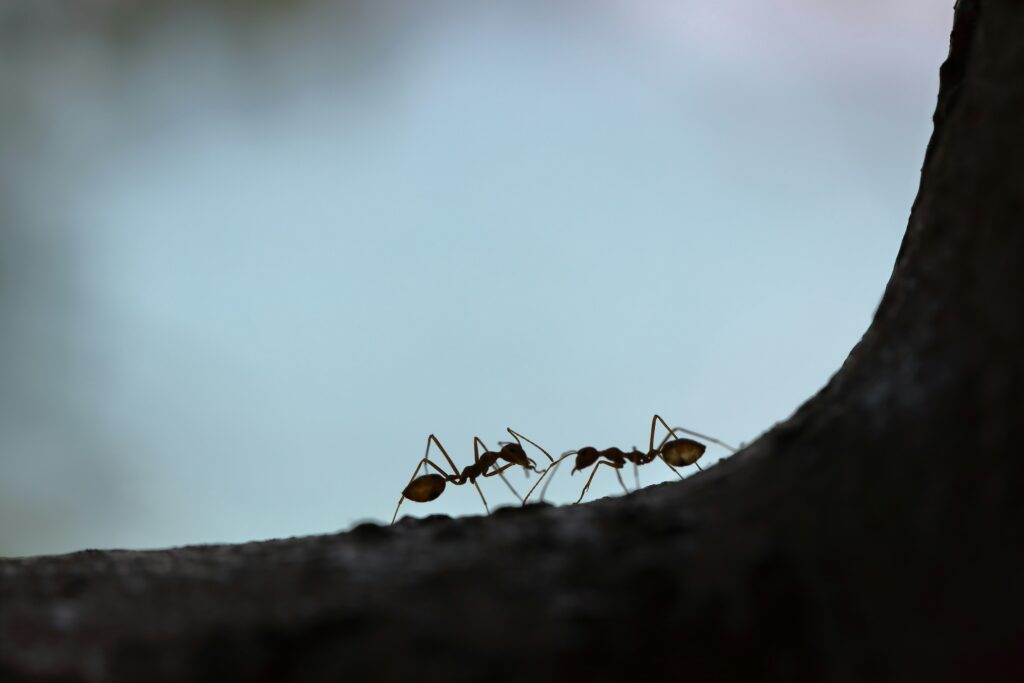
Beyond their chemical language, ants engage in sophisticated tactile communication through a behavior known as antennation—the touching and stroking of antennae between individuals. These physical interactions allow ants to exchange information about food quality, colony needs, and even to request food sharing through a process called trophallaxis. The pattern, duration, and pressure of antennal contacts contain encoded information that other ants can interpret, creating a tactile vocabulary of considerable complexity. Some species perform specialized tapping behaviors with their antennae or forelegs to transmit vibrations through the nest substrate, effectively creating a form of mechanical signaling. In carpenter ants, workers have been observed drumming their mandibles against tunnel walls to warn of danger, demonstrating how tactile communication can serve multiple purposes in colony coordination.
Grooming as Communication: More Than Just Cleanliness

The mutual grooming behaviors observed in ant colonies serve dual purposes as both hygiene maintenance and sophisticated communication exchanges. When ants groom each other—a behavior known as allogrooming—they are not only removing potentially harmful microorganisms and parasites but also exchanging crucial chemical information. This physical contact facilitates the transfer of colony-specific hydrocarbons, helping to maintain a uniform chemical signature across all members. Additionally, grooming patterns and frequencies can indicate social status, with higher-ranking individuals typically receiving more grooming attention than others. Certain ant species even use grooming requests as a form of solicitation, where the patterns of antennal tapping that precede grooming convey specific needs or information to nestmates. This multifunctional behavior highlights how ants have evolved to layer multiple forms of communication within seemingly simple interactions.
Food Exchange: Trophallaxis as Information Transfer

When ants share liquid food mouth-to-mouth in a process called trophallaxis, they’re doing much more than merely distributing nutrients—they’re engaging in a sophisticated information exchange system. During these food-sharing encounters, ants simultaneously pass chemical cues about colony needs, food quality, and even their own recent experiences. The regurgitated liquid contains not only food but also trace amounts of hormones and other signaling molecules that influence recipient behavior. Scientists have discovered that information about food source quality can spread through an entire colony via sequential trophallaxis exchanges, allowing collective decisions without requiring all individuals to visit the original food source. This process also serves to distribute queen pheromones and other colony-regulating chemicals throughout the nest, making trophallaxis a crucial component of the ant’s integrated communication network.
Vibrational Communication: Drumming and Stridulation

Several ant species have developed sophisticated methods of communication using vibrations and sounds that travel through nest substrates. Carpenter ants, for instance, can produce alarm signals by scraping specialized body parts together—a process called stridulation—or by drumming their mandibles against tunnel walls to create vibrations that travel through the wood. These mechanical signals propagate throughout the nest structure, alerting distant nestmates to danger without requiring chemical pheromones to reach them. In leaf-cutter ants, specialized workers produce distinct vibration patterns when cutting particularly tough vegetation, which recruits nestmates with stronger mandibles to assist with the challenging materials. The substrate itself plays a crucial role in this communication channel, with different nest materials conducting vibrations with varying efficiency, influencing colony architecture decisions and communication strategies.
Behavioral Displays: Communication Through Movement
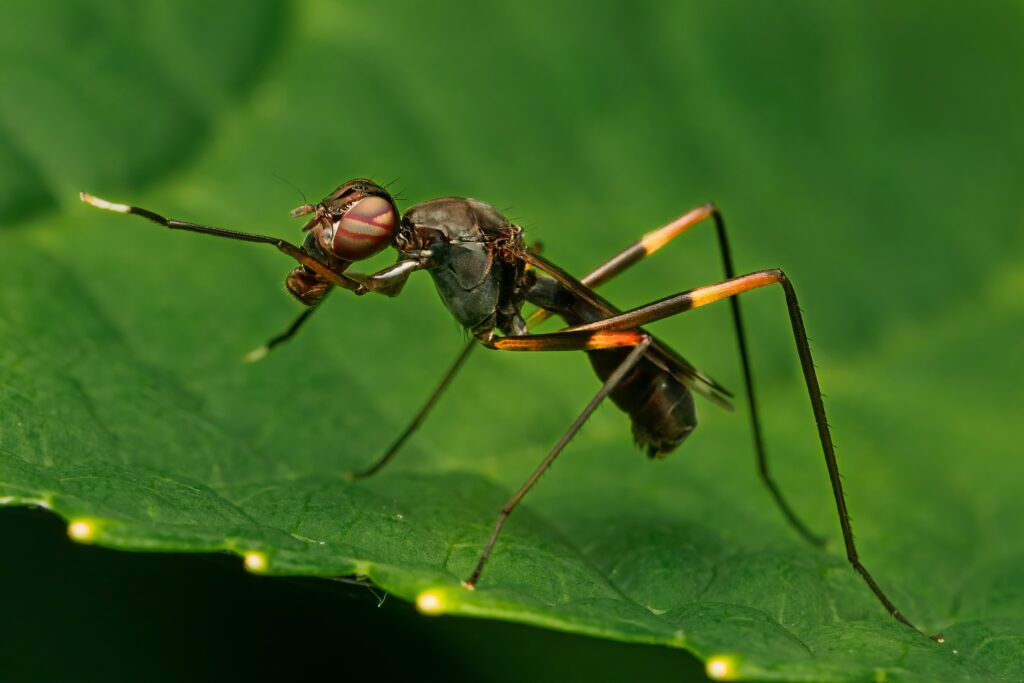
Beyond chemical and tactile signals, ants communicate through elaborate behavioral displays that convey specific information to nestmates. When scout ants discover a food source or suitable nesting location, many species perform distinct movement patterns that indicate the quality and nature of their find. These behaviors can include rapid running, circular movements, or specific body postures that signal excitement levels proportional to resource quality. In some harvester ant species, returning foragers perform distinct waggle movements similar to honey bee dances, conveying directional information that helps guide nestmates. Aggressive displays between rival colonies often involve ritualized mandible flaring and antennal posturing that can resolve territorial disputes without physical combat. These visual and behavioral signals complement chemical communication, creating redundant information channels that ensure message transmission even in challenging environmental conditions.
Multimodal Communication: Combining Signal Types
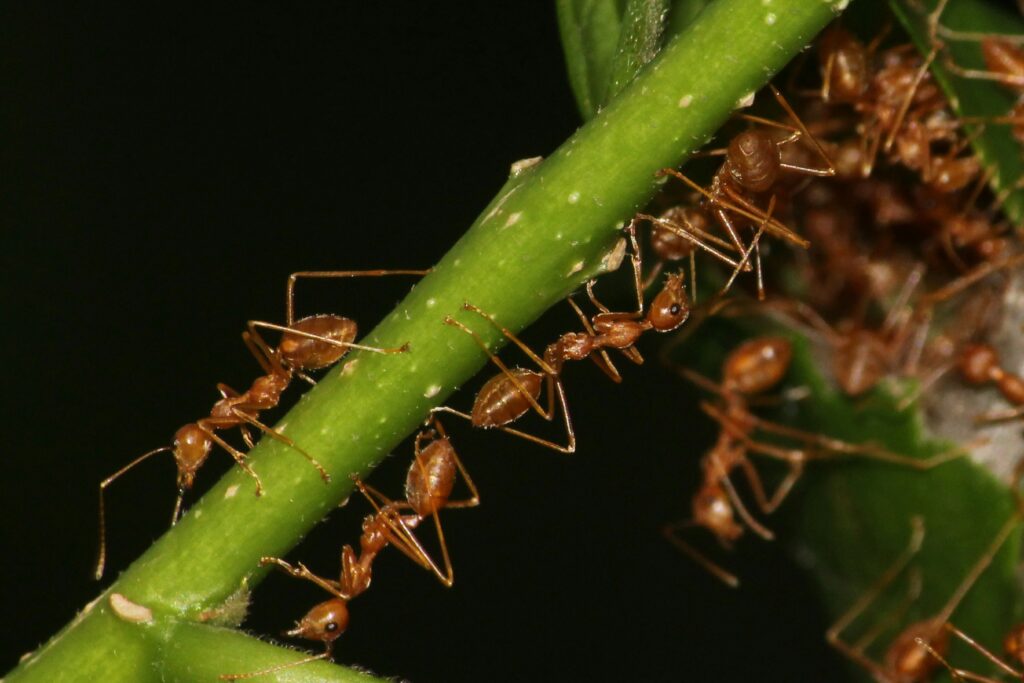
Ant communication achieves its remarkable sophistication through multimodal signaling—the simultaneous use of multiple communication channels to convey information with greater fidelity and redundancy. Rather than relying on a single signal type, ants typically combine chemical, tactile, and behavioral cues to create composite messages that are more robust against environmental interference. For example, during colony defense, alarm pheromones might be coupled with specific movement patterns and vibrational signals, ensuring that the alert spreads effectively even if one communication channel is compromised. This redundancy proves especially valuable in complex environments where wind might disperse pheromones or physical barriers might block visual signals. Research has shown that information transmitted through multiple channels simultaneously is processed more quickly and triggers stronger responses than single-channel communications, highlighting the evolutionary advantages of this integrated approach.
The Evolution of Ant Communication: Adaptations to Environment and Lifestyle
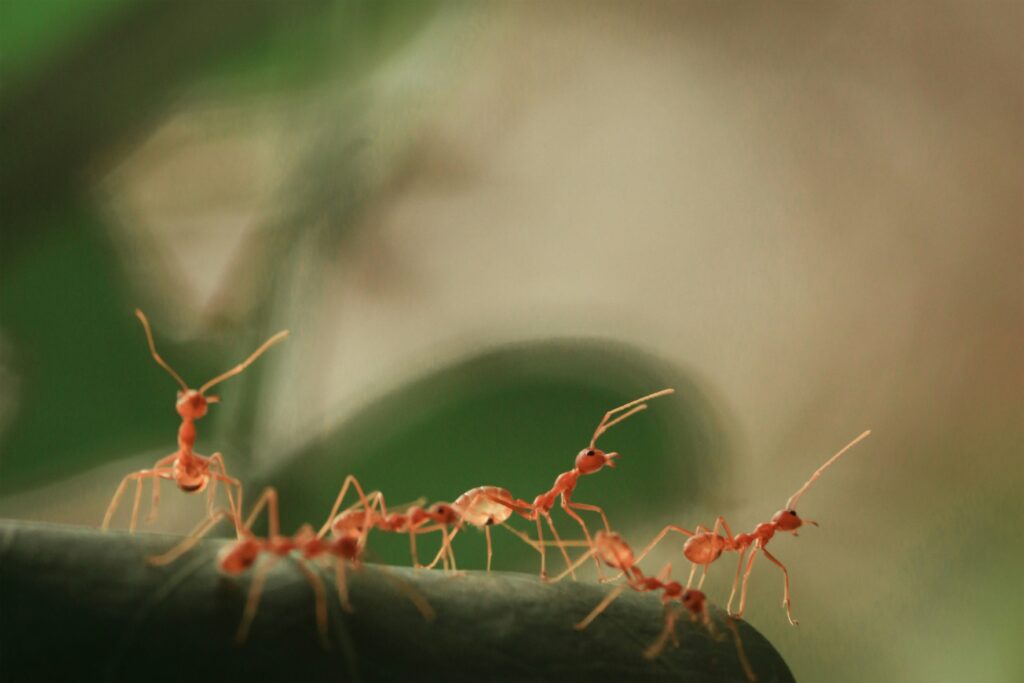
The diverse communication strategies observed across ant species reflect evolutionary adaptations to specific ecological niches and colony lifestyles. Desert-dwelling species often rely more heavily on long-lasting pheromone trails that can endure extreme temperatures, while rainforest canopy ants may emphasize visual and tactile signals that remain effective during heavy rainfall that would wash away chemical markers. Army ants, with their nomadic lifestyle, have evolved specialized communication systems for coordinating massive colony migrations involving millions of individuals. The degree of communication sophistication also correlates with colony size and complexity—species forming supercolonies with millions of members typically possess more elaborate signaling mechanisms than those living in small colonies of dozens. These adaptive communication strategies demonstrate how natural selection has fine-tuned information exchange systems to match the specific challenges faced by different ant species across diverse environments worldwide.
Implications for Human Technology: Bio-Inspired Communication Networks
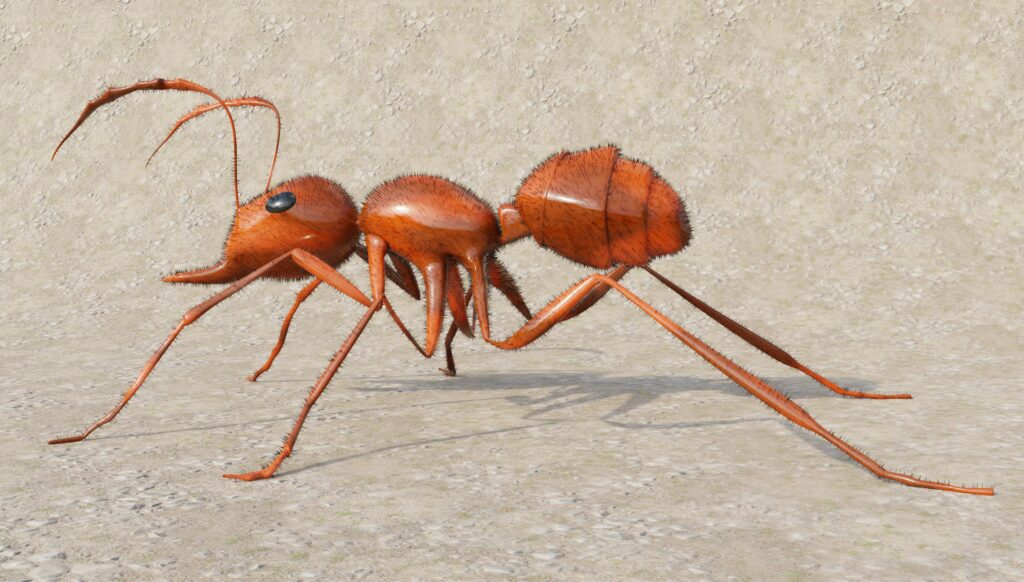
The decentralized yet highly efficient communication systems of ants have inspired numerous technological innovations across various fields. Computer scientists have developed “ant colony optimization” algorithms that mimic pheromone-based decision-making to solve complex routing problems in telecommunications, logistics, and robotics. These bio-inspired approaches have proven remarkably effective for navigating solutions in systems with countless possible configurations. Military researchers have studied ant communication to develop more resilient battlefield communication networks that can function without centralized control, maintaining effectiveness even when individual nodes are compromised. Perhaps most intriguingly, the self-organizing principles underlying ant communication have influenced designs for autonomous robot swarms that can coordinate activities without central direction, potentially revolutionizing applications from search-and-rescue operations to planetary exploration. By understanding how ants solve complex coordination problems with minimal individual processing power, engineers continue to develop more efficient, resilient systems across numerous technological domains.
The remarkable communication systems of ants represent one of nature’s most successful solutions to the challenge of coordinating collective action. Through their sophisticated use of chemical signals, tactile exchanges, and behavioral displays, these tiny insects achieve levels of social coordination that rival our own human societies, despite possessing brains smaller than a pinhead. What makes ant communication particularly fascinating is not just its complexity, but its fundamental difference from human communication—a reminder that intelligence and information processing can take radically different forms across the animal kingdom. As we continue to decode the silent chemical conversations happening beneath our feet, we gain not only a deeper appreciation for these extraordinary insects but also valuable insights that may help us solve our own communication and coordination challenges in an increasingly complex world.

